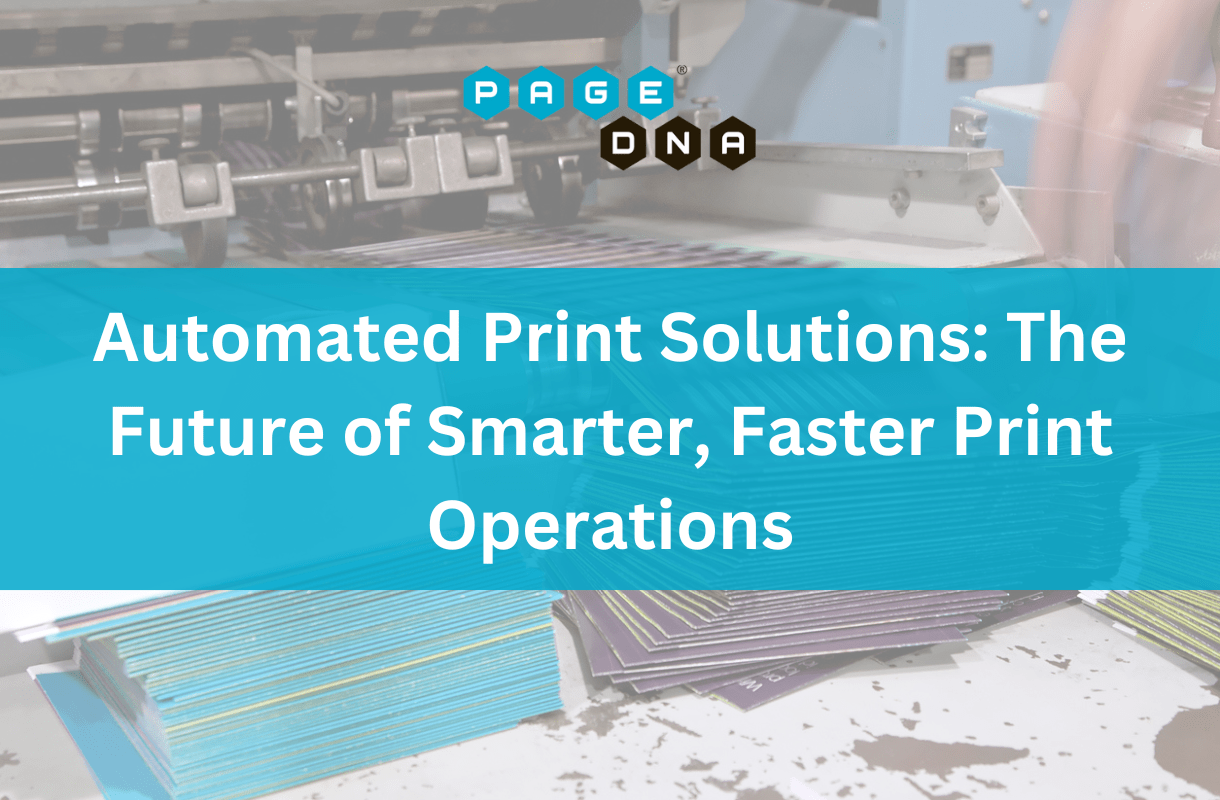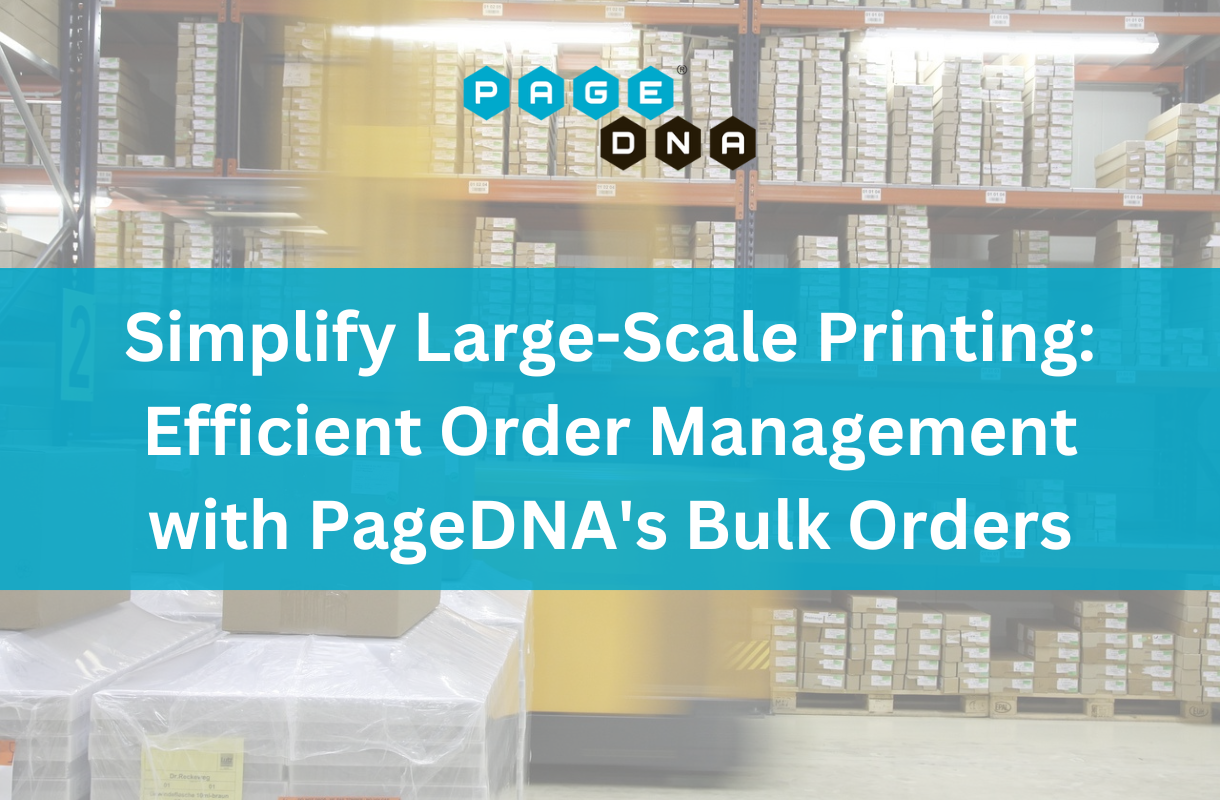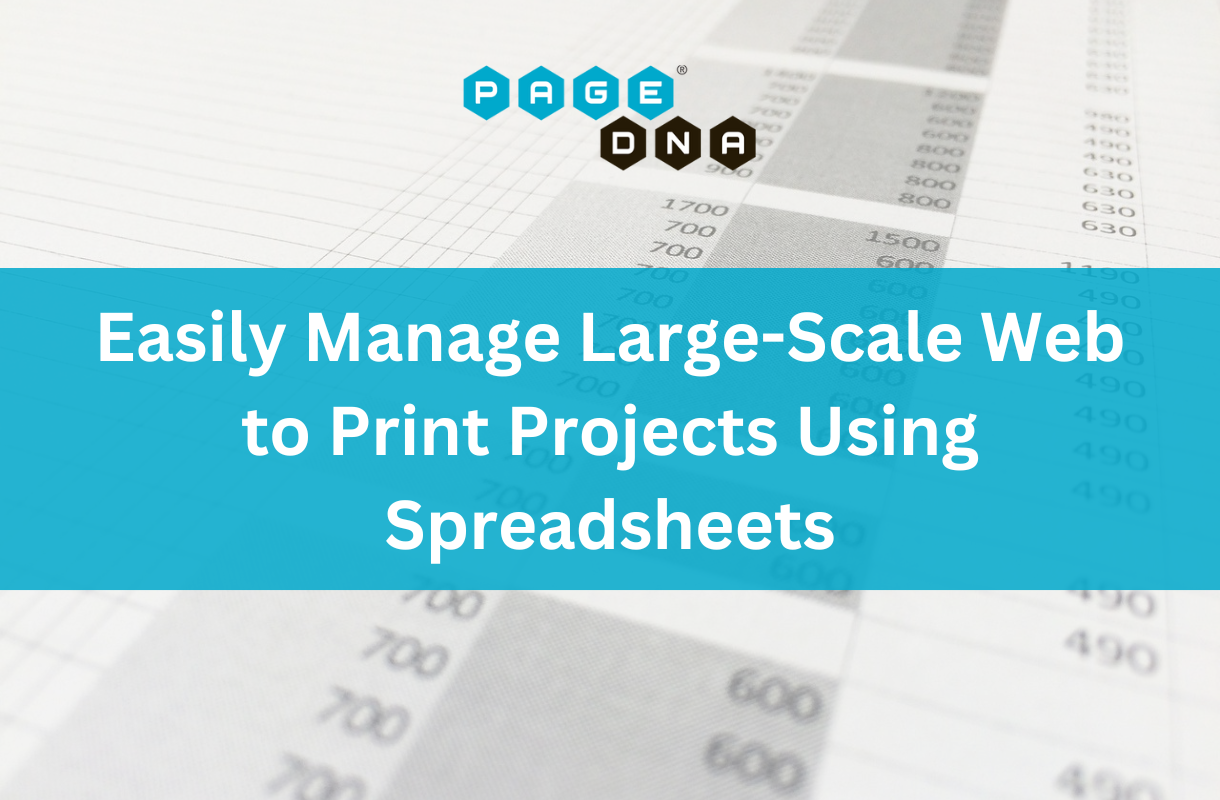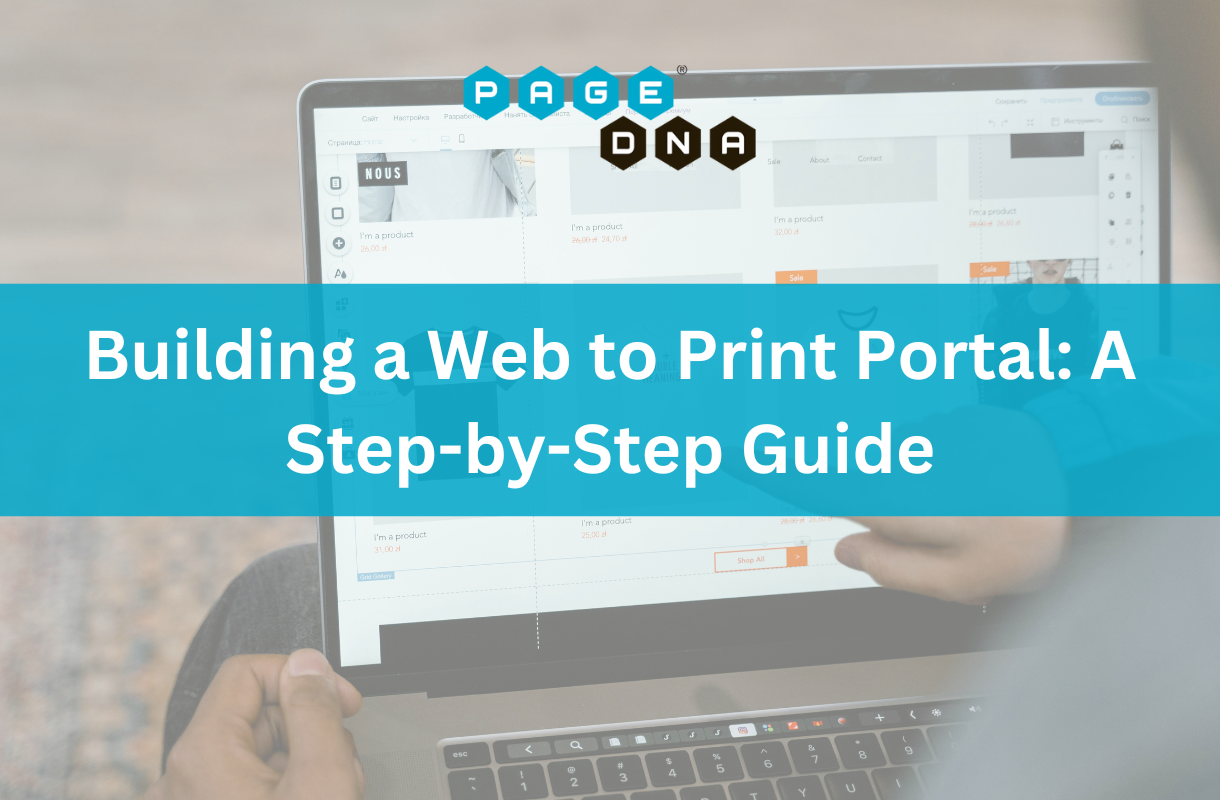Why Print Automation Is Taking Over
The print industry is evolving. Fast. From high-volume commercial shops to lean in-house marketing teams, everyone is looking for ways to move quicker, reduce errors, and scale smarter. That’s where automated print solutions come in. These are software-driven systems designed to replace the slow, manual processes of traditional printing.
With automation, what once took hours can now be done in minutes. Job routing, file handling, proofs, and even order tracking can run smoothly and consistently. No micromanaging needed.
What Are Automated Print Solutions?
The Basics
Automated print solutions use digital workflows to handle repetitive and time-consuming tasks. These platforms connect various parts of the print process, including file prep, approvals, production, and shipping, into one streamlined pipeline.
Rather than manually checking every job or chasing down sign-offs, the system follows pre-set rules and handles tasks efficiently and accurately.
Core Functions
Here’s what automated print platforms typically handle:
- File management: Uploads, conversions, version control
- Prepress automation: Preflighting, imposition, soft proofing
- Job routing: Sending tasks to the correct team or machine
- Print queue optimization: Prioritizing jobs based on deadlines and press availability
Key Technologies
These solutions are powered by multiple software layers, including:
- Web-to-print portals for online ordering and templates
- Management Information Systems (MIS) to manage specs and costs
- Workflow tools like Enfocus Switch, Flux from Konica Minolta Business Solutions, EFI Fiery, and HP’s PrintOS and Site Flow that automate production tasks
Why Automation Is Transforming the Print Industry
Who Benefits?
- Commercial print shops get faster turnarounds and fewer production errors
- In-house marketing teams maintain brand consistency and reduce ordering friction
- B2B enterprises simplify collateral management across teams, departments, and markets
No matter the business model, print automation boosts productivity and performance.
Benefits of Print Automation
Operational Efficiency
Automation removes manual steps that slow things down.
- Jobs move faster from order to production
- Human error is minimized
- Waste is reduced by printing only what’s needed
Cost Savings
Lower costs without compromising quality.
- Reduced labor costs by automating time-consuming steps
- Better material usage through accurate job estimation
- Easier scaling with less staffing overhead
Customer Experience
Automation also improves how clients interact with your business.
- Orders are tracked in real time
- Customers get their materials sooner
- Reorders and personalization become easier and more accurate
Use Cases and Applications
Commercial Print Shops
Commercial print shops handle a high volume of orders daily. Automation helps them:
- Speed up approvals with online proofing tools
- Manage small-batch or versioned runs without extra labor
In-House Print and Marketing Teams
These teams rely on fast, consistent delivery of branded assets.
- Distribute materials across regions automatically
- Maintain brand integrity with approved templates and version control
B2B Enterprises
Larger organizations can:
- Embed print into digital campaigns
- Trigger on-demand printing and fulfillment from CRM or marketing platforms
Features to Look for in Automated Print Solutions
Integration Capabilities
Your system should connect to your existing tech stack.
- CRM, ERP, and eCommerce integrations are key
- API access or middleware ensures compatibility
Workflow Customization
Flexibility is critical.
- Set up conditional rules for job routing and approvals
- Assign user roles with specific permissions
Reporting and Analytics
You need visibility to improve.
- Track job status and production times in real time
- Monitor service level agreements and other performance metrics
Choosing the Right Automation Platform
Key Evaluation Criteria
When shopping for a solution, ask:
- Does it support your print type and job volume?
- Is the platform cloud-ready and scalable?
- What kind of training and onboarding is included?
Questions to Ask Vendors
- Can it handle variable data printing?
- Does it support your existing presses and formats?
- How does it manage revisions and client feedback?
Challenges to Overcome
Change Management
Adoption can be a hurdle.
- Train staff properly on new systems
- Address resistance from employees used to manual processes
Integration Complexity
Old systems can slow new workflows.
- Confirm data security and compliance
- Work with vendors that offer integration support
Real-World Success Stories
Case Study: Regional Print Provider
A mid-size print shop adopted automated workflows and reduced turnaround times by 40 percent. They increased throughput, lowered waste, and boosted customer satisfaction with real-time tracking and error reduction.
Case Study: National Marketing Team
A marketing team used automated print portals to supply 12 field offices with localized swag kits. What once took weeks of back-and-forth now takes minutes using a branded ordering system. The web-to-print portal managed the annual budgets for apparel, ensuring spend compliance.
The Future of Automated Print Solutions
Automation is just getting started. The next wave includes:
- AI for estimating and job scheduling
- Real-time data feeds for more personalized print experiences
- Cloud-native, API-first platforms that simplify integration and updates
These advancements will bring more flexibility, speed, and precision to every kind of print operation.
Conclusion: Ready to Make the Shift?
Automated print solutions help businesses stay competitive by reducing turnaround times, lowering costs, and improving the customer experience.
If you’re still managing jobs manually, now is the time to reassess. Start by mapping your current workflow. Identify bottlenecks. Then explore how platforms like PageDNA can simplify operations, cut costs, and delight customers.
Want to see it in action? Book a demo with PageDNA today.
FAQ: Automated Print Solutions
What’s the difference between print automation and traditional print management?
Traditional print management relies on manual tasks and oversight. Automation replaces those steps with intelligent workflows that improve accuracy and speed.
Can small print shops afford automation?
Yes. Cloud-based platforms like PageDNA offer flexible pricing that scales with your business.
How long does it take to implement automation?
Most systems can be implemented in weeks or a few months. Choose a vendor with onboarding support to speed things up.
Can these platforms support remote teams?
Absolutely. Cloud print workflows allow full access from anywhere.
What metrics should I use to measure success?
Track turnaround time, job accuracy, labor costs, and customer satisfaction. These numbers will tell the full story of your ROI.










